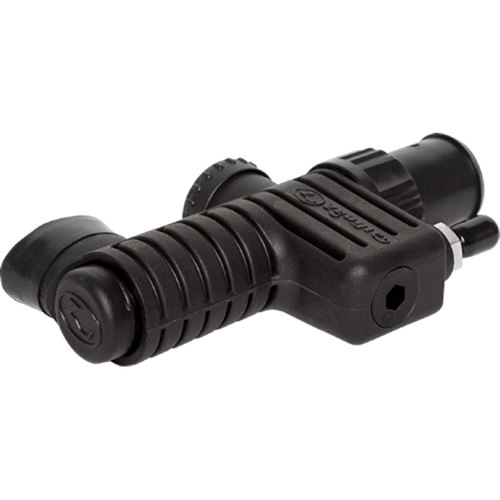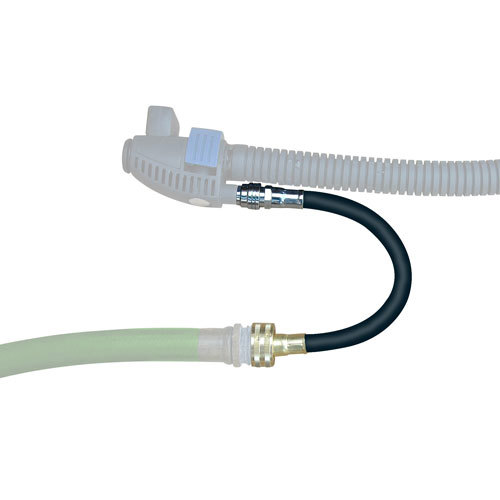jellycatsdad
Contributor
My BCD’s wing(Tusa T-Wing) is kind of of a pain to flush with water - I need to hold down the deflate button, fill the inflator’s oral opening with water and let go once it can’t take on more water. Repeat until the wing is full.Don’t forget the inside of the bladder. That can be a pain on some BCs. Zeagle and Atomics come with a screw off inflator. The thread matches your standard garden hose thread, so it makes it real easy. A few other companies make something similar as well.
I’ve seen those BC flushing hoses. I’m thinking of getting/making one.





